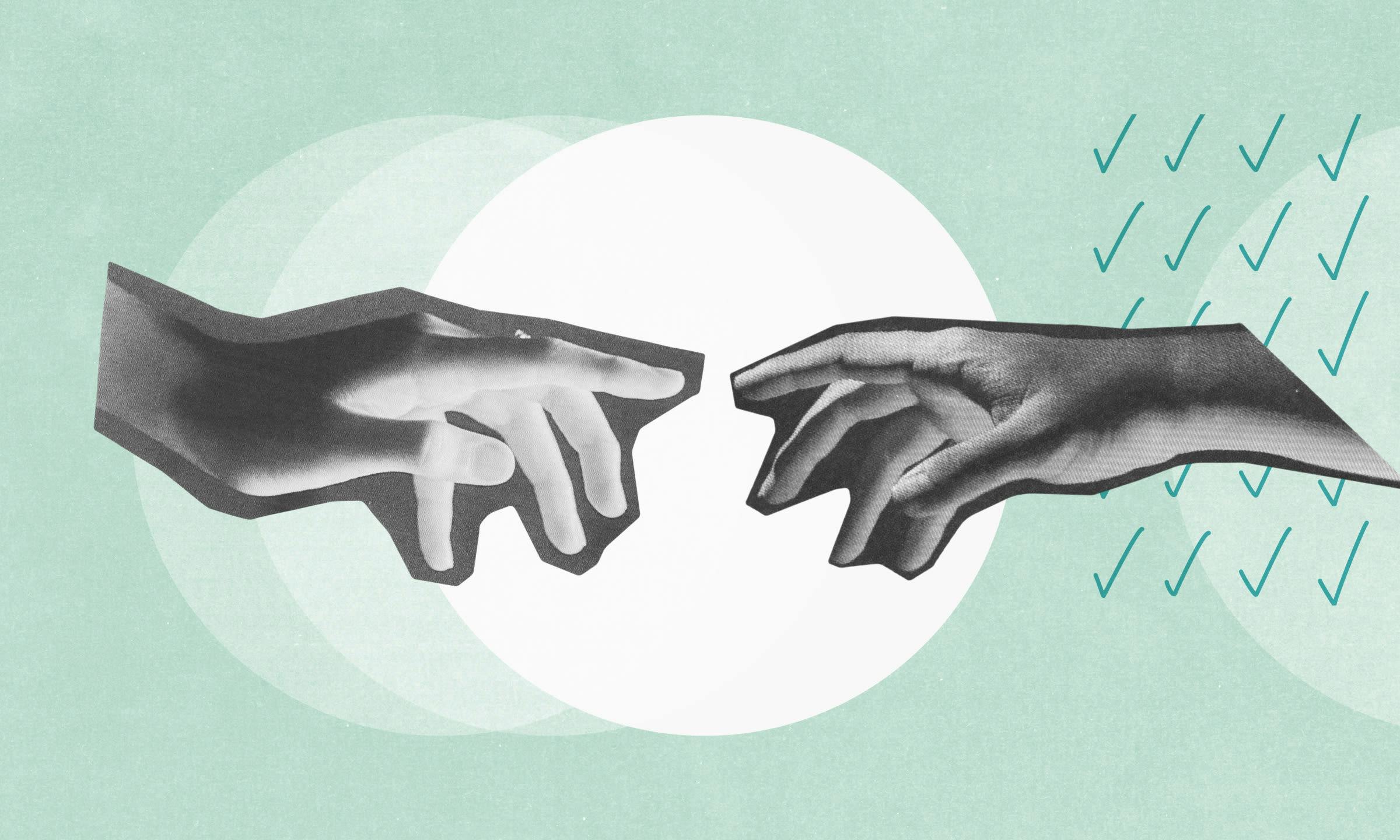Crawl, Walk, Run—Why Phased Engagements Work So Beautifully

It’s an indisputable fact that a creative agency is at the highest level of ignorance and uncertainty at the very beginning of a project.
Unfortunately, this is the exact point in time when clients often want us to present a thoughtful scope of work and a realistic price.
This is problematic because it simply doesn’t make sense—logically or economically—to present a quote, or a scope, when there’s still so much uncertainty in the air.
At the onset of a project, the issue is twofold:
- We (and maybe you) don’t yet know what problem we are trying to solve.
- If you’ve presented us with a problem, we (and maybe you) are uncertain of whether it’s the right problem to solve because it has yet to be validated.
This is less-than-ideal for both parties because it means we’re building plans and strategies based on assumptions, which can lead to change orders, added cost, and mounting frustration—for both you and us.
The solution to this problem is to phase our engagement with you.
Phased engagements manage risk
This sort of approach allows us to begin with a lower-cost diagnostic and strategic-development phase that’s designed to uncover data and gain an understanding of what’s causing your current challenge.
The diagnostic phase is a way to de-risk the situation for both you and us and offers an opt-out point between the strategy and creative platforms, so you, the client, can walk away if you don’t like the roadmap we’ve created, the way we think, the way we work, or the overall fit.
Phased engagements are structured
There are five parts to a diagnostic.
- Goal: What we’re trying to find out.
- Research Method: How we plan on finding it out.
- Timeframe: How long it will take.
- Delivery Method: How we will deliver our findings.
- Fee: How much it will cost.
In terms of the research methods available to us, there are a variety of ways of gathering the information we need; however, these are the five tactics we typically employ during a diagnostic phase.
Often, one or two of these will suffice.
- Qualitative interviews
- Desktop Research
- Audits
- Observational Studies
- Discovery Workshop
In some cases, the work that needs to be done is apparent and the roadmap is clear. In those cases, jumping right into the engagements makes sense.
But when there’s uncertainty, or when the problem that needs solved isn’t readily apparent, then a phased engagement is a useful first step.


